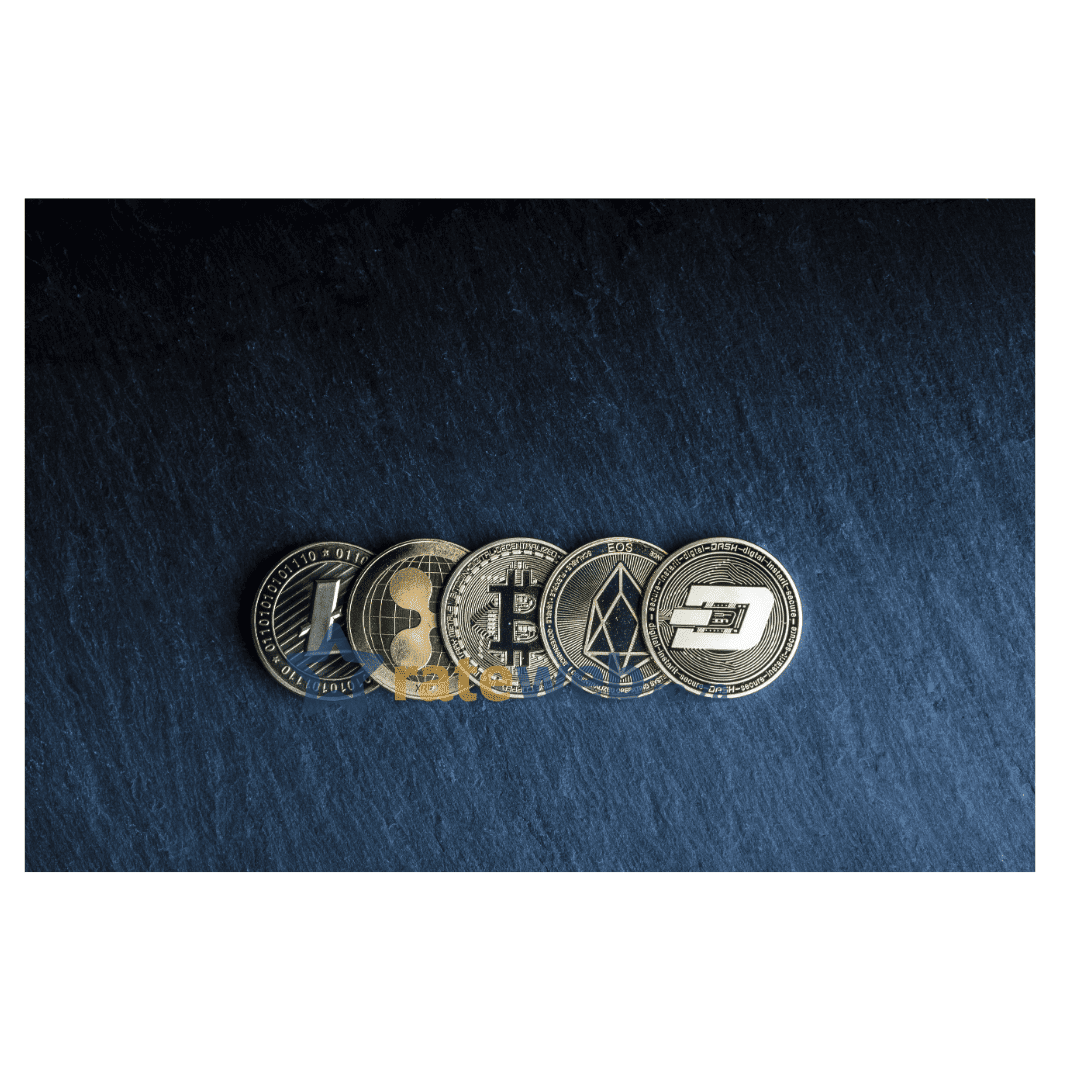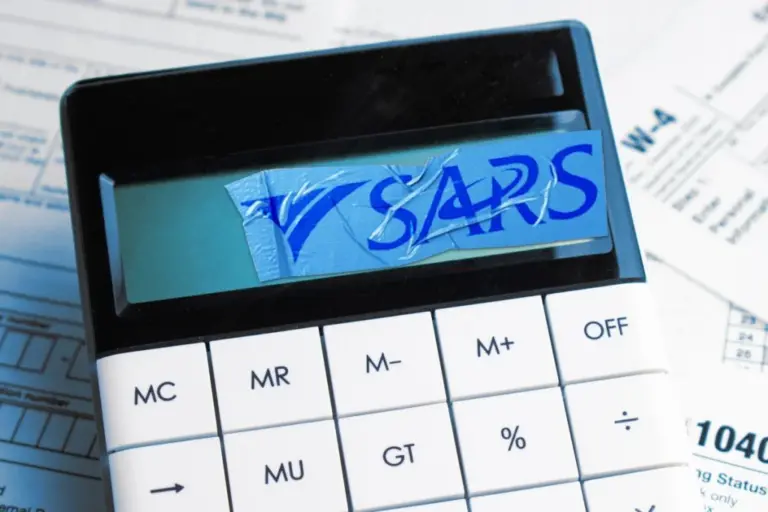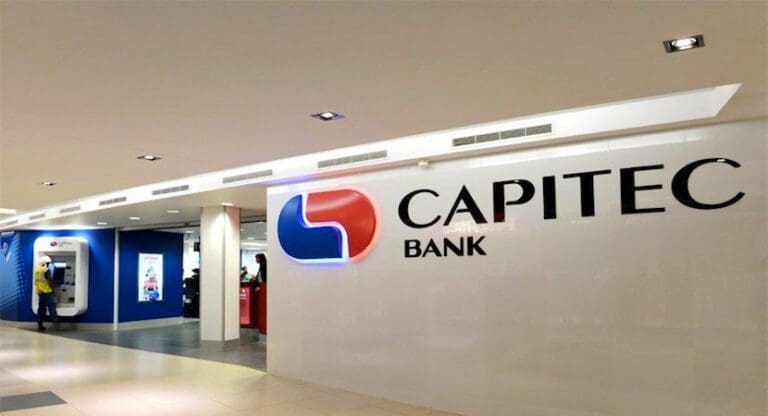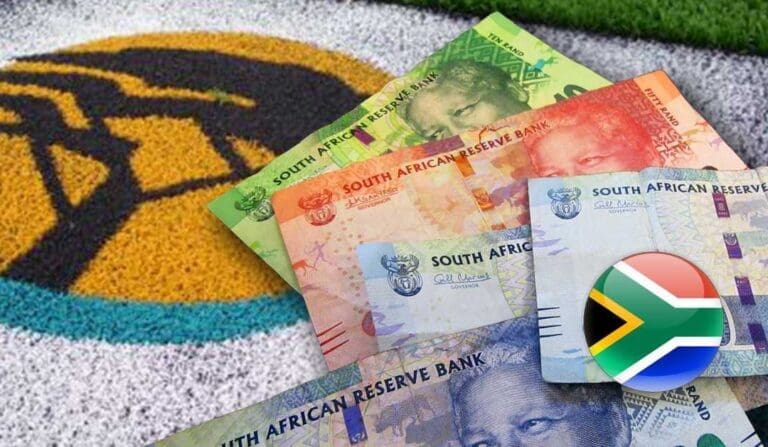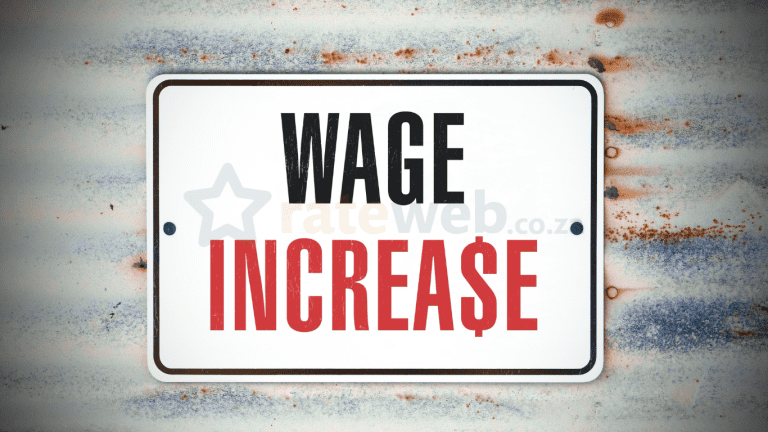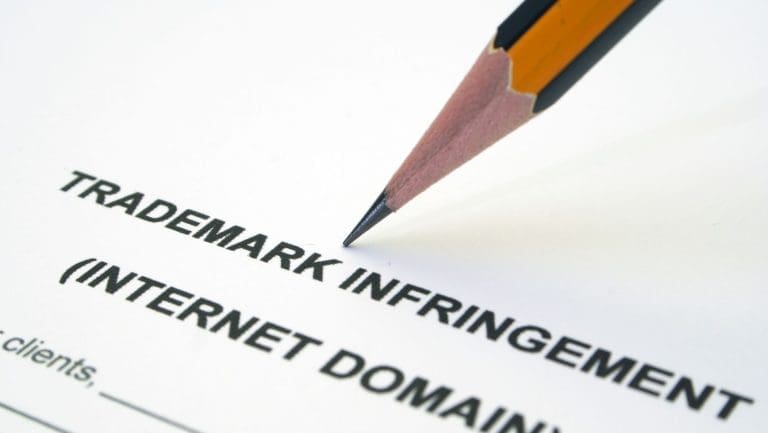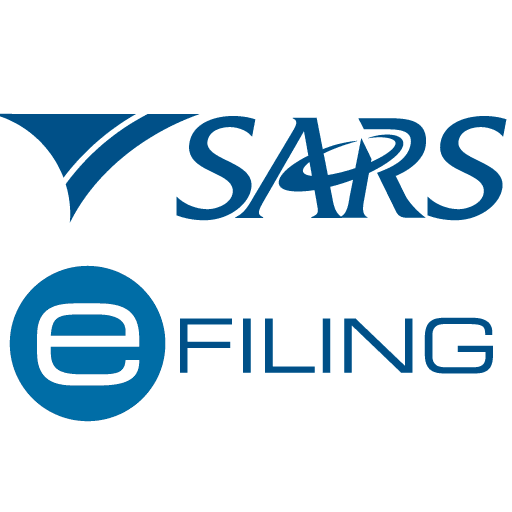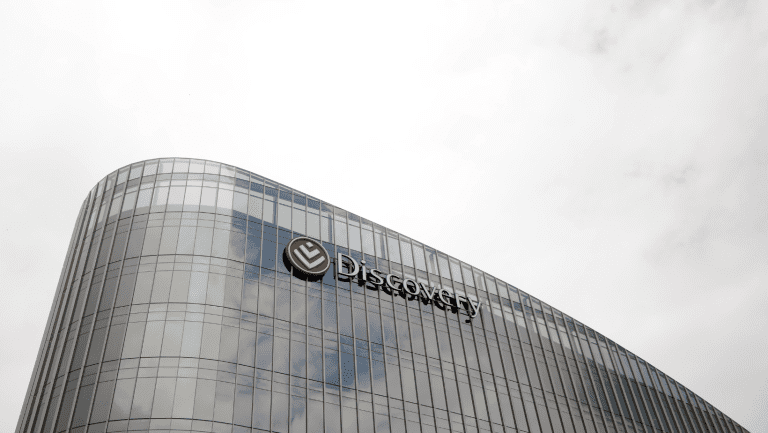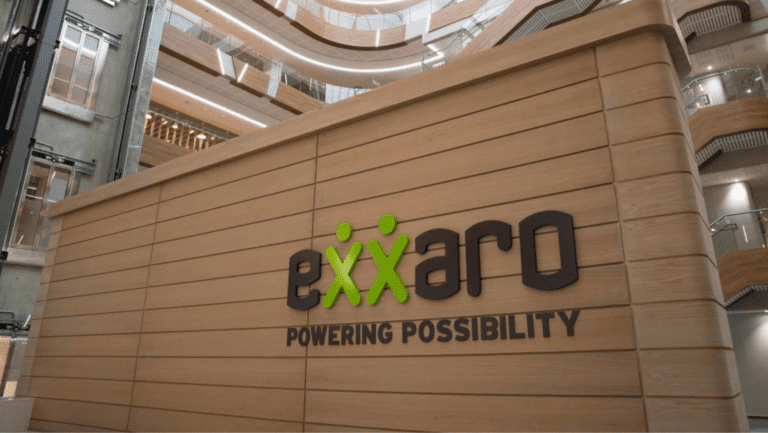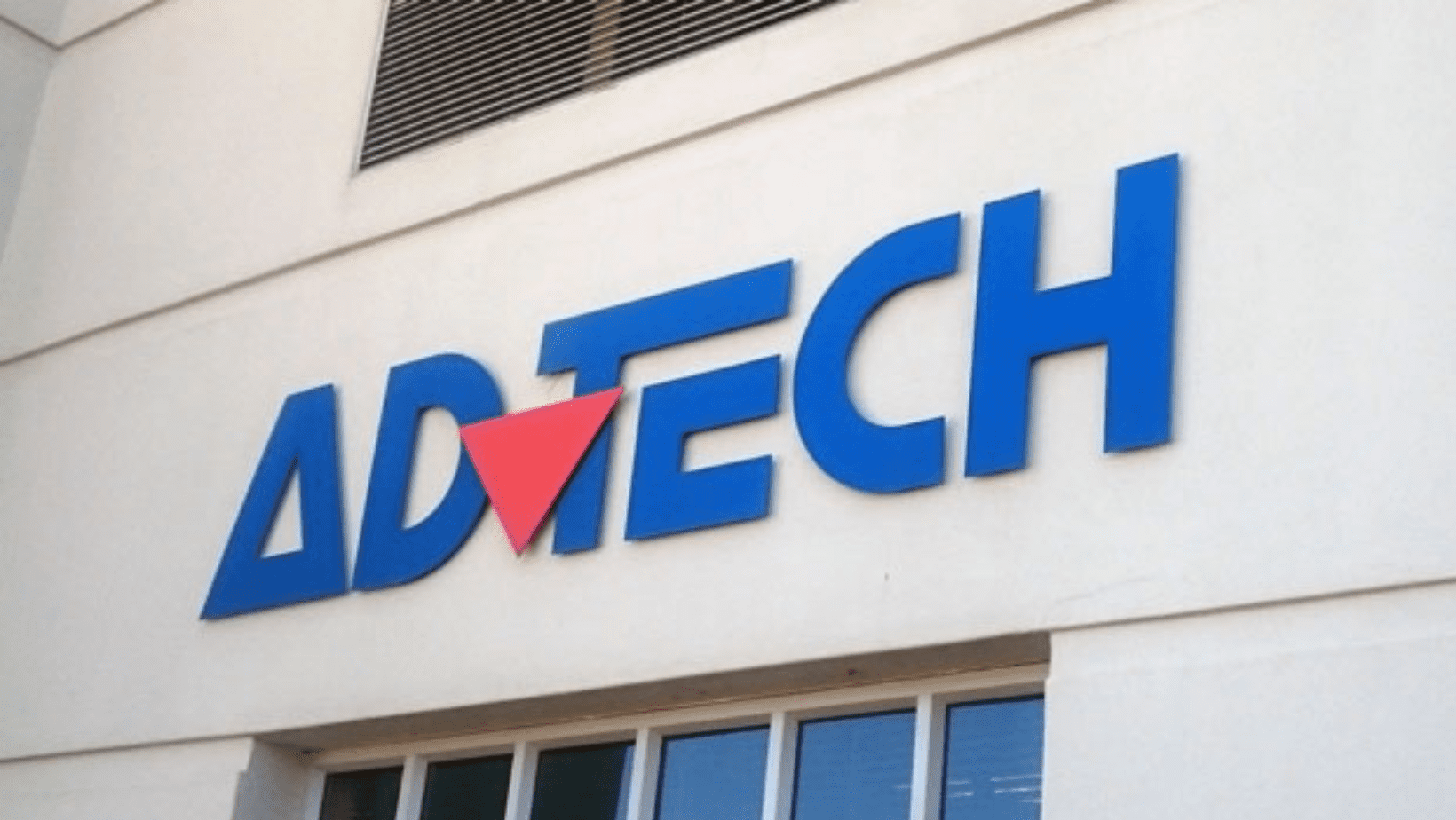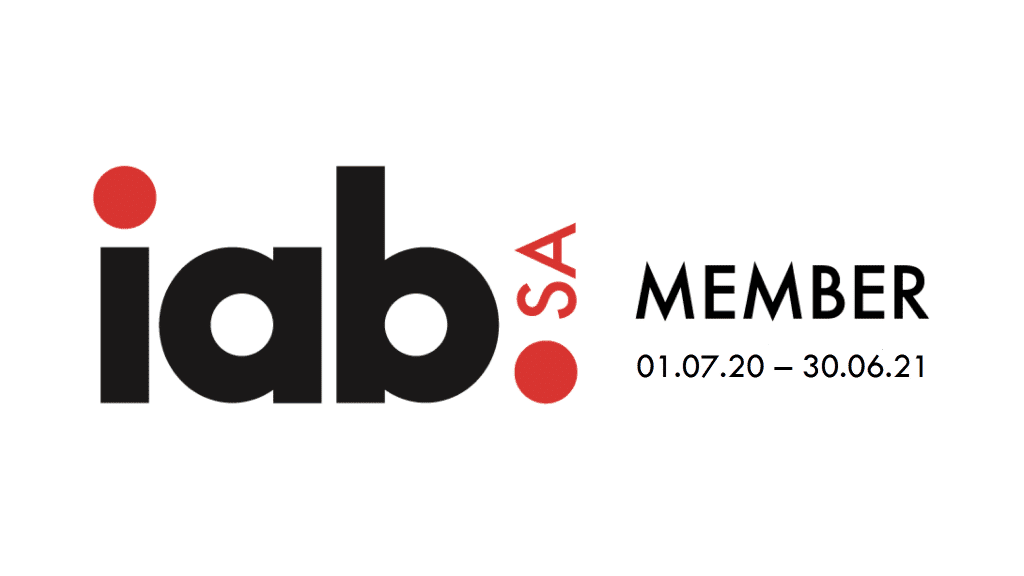Cardano ADA was founded in 2015 by Ethereum co-founder mathematician Charles Hosinkson. It grabbed a lot of attention not just because of its ambitious plans to create an internet of blockchains, but because of its jump from around 2 cents in late 2017 to nearly a dollar and 30 cents at the beginning of 2018.
What is the difference between Cardano and ADA
Most people confuse Cardano with ADA, it is important to note that Cardano and ADA are two different things. However, for ease of understanding people generally use them interchangeable or just refer to them as Cardano ADA.
Cardano is a blockchain, while ADA is a cryptocurrency that lives on the Cardano blockchain. In other words, Cardano is home to the ADA cryptocurrency.
While the Cardano blockchain can be used to send and receive ADA, it also hosts smart contracts and applications. This may remind some of Ethereum since it does the same thing. In fact, Cardano shares many of its roots with Ethereum.
However, although it is similar to Ethereum, Cardano’s smart contract platform operates much differently.
What is ADA?
It’s not enough to simply say ADA lives on the cardano blockchain. ADA is a proof-of-stake coin that fuels Cardano. Its purpose is to provide a quick and secure transfer of value and to allow users to operate smart contracts and applications.
What is Cardano ADA’s maximum supply?
The maximum supply of Cardano ADA coins that will ever be created is capped at 45 billion. The current circulating supply is 31 billion Ada coins.
New coins enter the ecosystem and nodes validate transactions through a consensus algorithm called Ouroboros Proof-of-Stake.
In this protocol, nodes who earn a position as slot leaders generate new blocks in the blockchain and verify the transactions. In this case, Cardano slot leaders perform functions much like Bitcoin miners do.
Who can run a Cardano Node?
Anyone holding ADA can be a stakeholder and become a slot leader. You become a slot leader and publish new blocks to the network when Cardano’s consensus algorithm selects a coin that you hold.
A node is selected to generate or mint a new block with a probability proportional to the amount of coins the node has. If a node has any amount of ADA staked, it is called a “stakeholder”. If a node eventually becomes chosen to mint a new block, it is called a “slot leader”.
What this simply means is the more Cardano ADA you hold, the greater the opportunity is to become a slot leader and receive rewards.
Now that we know a little something about ADA and its purpose, let’s dive a little further into the Cardano blockchain.
What is Cardano?
Cardano is a two layer blockchain built for developing smart contracts. This layered architecture is one of the key features that makes Cardano unique from other smart contracts blockchains.
First is the Cardano Settlement Layer which acts as the balance ledger and runs the transfer of ADA tokens.
The other separate layer is The Cardano Computation Layer which contains the information on why transactions occur. It’s this layer that runs Cardano smart contracts.
The two layers separate the ledger of account values from the reason why values are moved from one account to the other. In other words, ADA can be transferred from one account to another without the information from smart contracts going along for the ride.
Why is Cardano separated into two layers?
The separation enables more flexibility for Cardano smart contracts. Since the computation layer is detached from the settlement layer, users of the computation layer can create rules to filter transactions based on the parameters they set.
Such as a permissioned ledger that excludes transactions that don’t include identification data – something that will become more important as blockchain regulation continues to increase.
Another key feature of Cardano will be the interoperability of blockchains. Think of this as the “internet of blockchains” – an ecosystem where Bitcoin can flow into Ethereum and Polkadot can seamlessly flow into Litecoin.
One way that Cardano wants to do this is by implementing sidechains. Sidechains would enable cross-chain transfers without any middlemen.
Cardano supports sidechains based on a new protocol called the KMZ sidechain. The KMZ sidechain protocol allows funds to move securely from the Computation Layer to any blockchain that also uses the same protocol.
With this protocol, ledgers with certain regulatory compliances are able to interact with the settlement layer without having to share the data that needs to remain private.


